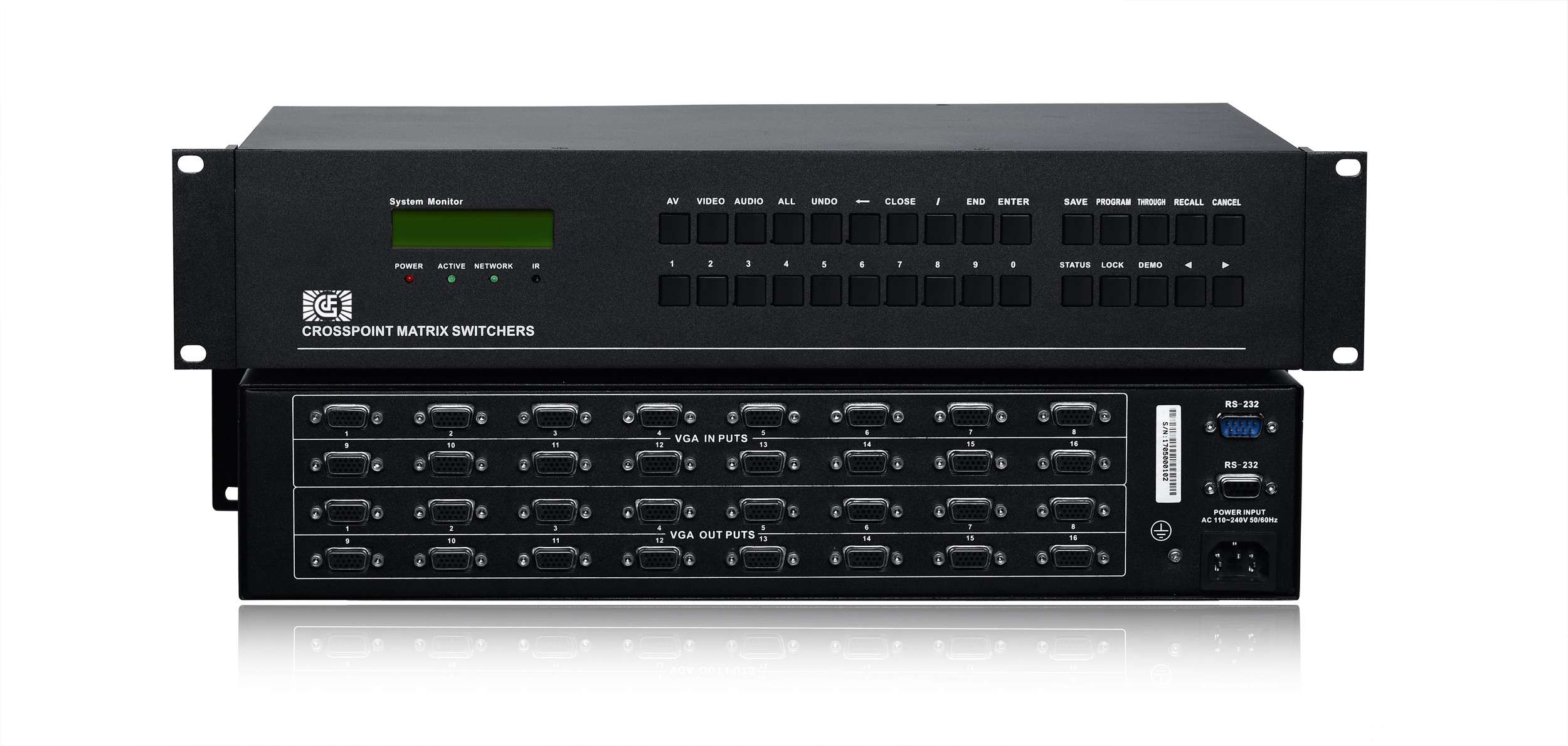Table of Contents
Advantages of Using a VGA Controller in Display Systems
A VGA controller is an essential component in display systems, providing numerous advantages that enhance the overall performance and functionality of the system. By understanding the benefits of using a VGA controller, users can make informed decisions when selecting display solutions for their specific needs.
One of the primary advantages of using a VGA controller is its ability to support high-resolution displays. VGA controllers are designed to handle a wide range of resolutions, from standard definition to high definition, ensuring that users can enjoy crisp and clear images on their displays. This capability is particularly important for applications that require detailed visuals, such as graphic design, video editing, and gaming.
In addition to supporting high-resolution displays, VGA controllers also offer advanced graphics processing capabilities. These controllers are equipped with powerful processors and dedicated Memory, allowing them to render complex graphics with ease. This results in smooth and fluid animations, realistic textures, and vibrant colors, enhancing the overall visual experience for users.
Furthermore, VGA controllers provide flexibility in terms of display connectivity. These controllers support a variety of input and output options, including VGA, DVI, HDMI, and DisplayPort, allowing users to connect their displays to a wide range of devices such as computers, laptops, gaming consoles, and media players. This versatility makes VGA controllers suitable for a diverse range of applications, from office presentations to home entertainment systems.
Another advantage of using a VGA controller is its compatibility with multiple display technologies. Whether users are using LCD, LED, OLED, or plasma displays, VGA controllers can adapt to the specific requirements of each technology, ensuring optimal performance and image quality. This compatibility makes VGA controllers a versatile and cost-effective solution for display systems.

Moreover, VGA controllers offer advanced features such as image scaling, color correction, and video processing. These features allow users to customize their display settings to suit their preferences, ensuring that they can enjoy a personalized viewing experience. Additionally, VGA controllers support multi-monitor setups, enabling users to connect multiple displays to a single controller for enhanced productivity and multitasking capabilities.
In conclusion, the advantages of using a VGA controller in display systems are numerous and significant. From supporting high-resolution displays to offering advanced graphics processing capabilities, VGA controllers enhance the overall performance and functionality of display systems. With their flexibility in display connectivity, compatibility with multiple display technologies, and advanced features, VGA controllers are a versatile and cost-effective solution for a wide range of applications. By leveraging the benefits of VGA controllers, users can enjoy an immersive and visually stunning viewing experience that meets their specific needs and preferences.
How to Implement a VGA Controller in FPGA for Video Output
A VGA controller is a crucial component in any system that requires video output. Whether you are designing a gaming console, a computer monitor, or any other device that needs to display images on a screen, a VGA controller is essential. In this article, we will discuss how to implement a VGA controller in an FPGA (Field-Programmable Gate Array) for video output.
Firstly, it is important to understand what a VGA controller does. A VGA controller is responsible for generating the necessary signals to display images on a VGA monitor. These signals include horizontal and vertical synchronization signals, as well as the red, green, and blue color signals. By controlling these signals, the VGA controller can create a coherent image on the screen.
When implementing a VGA controller in an FPGA, there are several steps that need to be followed. The first step is to understand the VGA timing specifications. These specifications dictate the timing of the synchronization signals and the color signals. By adhering to these specifications, you can ensure that the image displayed on the screen is clear and stable.
Once you have a good understanding of the VGA timing specifications, the next step is to design the VGA controller in Verilog or VHDL. Verilog and VHDL are Hardware description languages that are commonly used in FPGA design. By writing the VGA controller in Verilog or VHDL, you can define the behavior of the controller and how it interacts with the rest of the system.
When designing the VGA controller, it is important to consider the resolution of the display. VGA monitors typically have a resolution of 640×480 pixels, but higher resolutions are also possible. By adjusting the timing of the synchronization signals and the color signals, you can change the resolution of the display to suit your needs.
Once the VGA controller has been designed in Verilog or VHDL, the next step is to synthesize the design and program it onto the FPGA. Synthesis is the process of converting the Verilog or VHDL code into a configuration file that can be loaded onto the FPGA. By programming the FPGA with the VGA controller design, you can test the functionality of the controller and ensure that it is working correctly.
Testing the VGA controller is an important step in the implementation process. By connecting the FPGA to a VGA monitor and displaying test patterns, you can verify that the controller is generating the correct signals and displaying images on the screen. If there are any issues with the display, you can go back to the design stage and make adjustments as needed.
In conclusion, implementing a VGA controller in an FPGA for video output is a complex but rewarding process. By following the steps outlined in this article, you can design a VGA controller that meets the timing specifications of the VGA standard and displays images on a screen with clarity and stability. With careful design and testing, you can create a VGA controller that is suitable for a wide range of applications.

